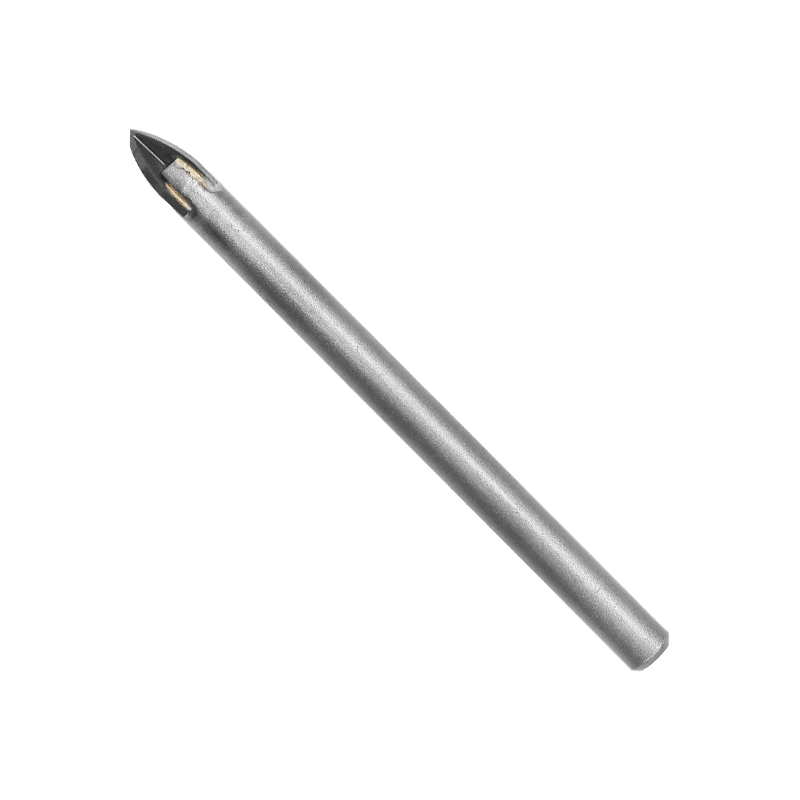2025-10-27
When using a Glass Drill Bit, one of the significant factors affecting performance is the drilling speed. Unlike materials such as wood or metal, glass is extremely brittle and sensitive to heat, meaning that the choice between low speed and high speed can drastically influence the quality of the hole, the durability of the tool, and the overall safety of the operation. Understanding the differences between low-speed and high-speed drilling provides valuable insight for both professionals and hobbyists who want to achieve effective results.

At low speeds, drilling through glass is generally safer and more controlled. The reduced rotation reduces heat generation, which is one of the guiding causes of cracks and fractures in glass. A steady, slow speed allows the bit to gradually grind away the material instead of aggressively chipping it, causing smoother edges around the hole. For beginners, this slower pace provides better control and reduces the risk of accidents. However, the drawback is that drilling takes more time, and without consistent pressure and proper lubrication, progress may feel slow. Still, in terms of accuracy and preservation of the material, low-speed drilling is often the preferred method.
High-speed drilling on glass presents a very different set of results. On one hand, faster rotation can remove material more quickly, which may appear to improve efficiency. However, this comes with significant risks. High speeds generate more friction and heat, which glass cannot dissipate effectively. Excessive heat can cause stress fractures, microcracks, or even catastrophic breakage of the workpiece. Additionally, controlling the bit becomes more challenging at higher speeds, especially for those without advanced drilling experience. Although some experienced operators may achieve acceptable results with high-speed drilling, the risk-to-reward ratio is far less favorable compared to low-speed operation.
Whether drilling at low or high speeds, cooling plays a decisive role in determining outcomes. Water or other cooling agents are often applied to the drilling area to regulate temperature and reduce stress on the material. At low speeds, cooling ensures continuous smooth cutting, while at high speeds, it becomes essential to prevent overheating. Without proper cooling, even low-speed drilling can lose effectiveness, but at high speeds, the absence of lubrication almost always results in damage. Thus, the presence of cooling mitigates some risks, but it cannot fully counterbalance the dangers of excessive rotational speed.
The condition of the finished hole is one of the clear indicators of speed-related performance differences. At low speeds, the edges of the hole are typically cleaner, with less chipping or roughness, making the result suitable for applications where appearance and precision are important. At high speeds, however, edges often show microfractures or irregularities, which can compromise both aesthetics and structural integrity. Tool wear also varies: slower speeds reduce friction and prolong the life of the Glass Drill Bit, while faster speeds accelerate dulling, requiring more frequent replacement of the tool.
Ultimately, the choice between low-speed and high-speed drilling should be based on balancing efficiency, material preservation, and operator skill. For delicate glass, low-speed operation with consistent cooling is usually the approach, ensuring safety and quality. In situations where speed is prioritized, such as repetitive tasks on less fragile glass, high-speed drilling may be used, but only with great caution and professional handling. Operator technique, such as applying steady pressure and starting with a guiding point, can also influence whether the process is successful at either speed.